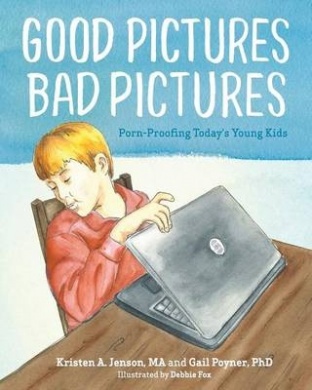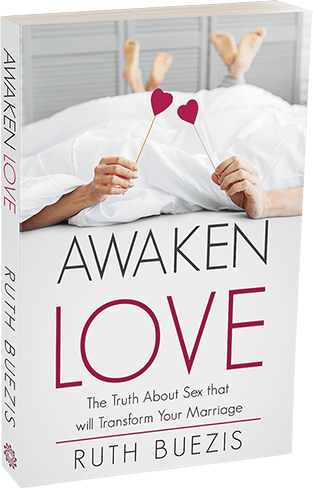In every single class I teach, there are at least a few women who are painfully aware of the importance of talking to their kids about pornography. They are women married to great guys that love the lord – men you know from small group, who volunteer in Sunday school, help lead worship or coach your kid’s baseball team – and that were impacted by porn. These men anticipated their wedding night as a fresh start of fulfilling every longing– but life wasn’t so simple. These men grew up when porn exploded on the internet before society had any idea what impact it would have. Back then, nobody knew the power of instant variety at the click of a mouse.
These men were raised like their parents were raised.
With messages of –
- Don’t ask about sex.
- A forced awkward talk about how babies are made
- Boys will be boys so just ignore it.
- Girls surely won’t enjoy it.
And young boys and girls fell into a world of screens that enticed and pulled them deeper and deeper into silence. Nobody knew it was going on – or they just thought it would pass – like previous generations of kids sneaking a look at a magazine. But this was no magazine and it wasn’t a worn-out copy of a VHS tape, this was the world of internet porn. A world where every click promised satisfaction but left you feeling hungrier then you started.
Turn the Tide
Whether you have been personally impacted by porn, know someone that has, or have just read about the dangers, we have the responsibility to turn the tide for the next generation. If you don’t believe me, please check out Randy Alcorn’s article Parents: It’s Time to Wake Up About Pornography, Sexting, and Your Children. We must intentionally do things differently than our parents. We must begin talking about sex and equipping kids to live in a world that is filled with technology.
Good Pictures Bad Pictures
The best resource to talk to young kids about pornography is Good Pictures Bad Pictures. It is a story book about a mom and her son that sit down to look at a photo album. The mom initiates a conversation about the difference between good pictures and bad pictures, pornography. She helps him understand what pornography is by what it looks likes but also by how it makes you feel. To help him understand how important avoiding pornography is, she explains what an addiction is, what it does, and how to avoid it.
The mom explains how we have 2 parts to our brain. The feeling part of our brain tells us we are hungry, or thirsty; and the thinking part learns right from wrong to help us make good choices. The two parts work together, but the thinking part must control the feeling part. For example, when you see an ice-cream truck across the street, the thinking part says, “stop and look for cars before you cross the street.” The book talks about how pornography causes our attraction part of our brain to take charge instead of the thinking part of our brain. The mom then shares a simple plan to make sure the thinking brain is in charge if you ever see pornography… the CAN DO plan.
CAN DO Plan
- Close my eyes
- Always tell a trusted adult
- Name it when I see it
- Distract myself with something different
- Order my thinking brain to be the boss
The book also has a great introduction to equip and prepare parents for reading the book with their child. The story is filled with questions between the mom and son that naturally create personal discussion. It is an amazing tool to easily start a very natural discussion about pornography from a very young age.
For the last 4 years I have been pleading with parents to create a healthier view of sex for their kids by engaging in conversations about sex and prevent the destruction caused by porn. “Not talking” does not work and waiting until they are teens is too late. If you have grade school kids, pick up a copy of Good Pictures Bad Pictures. Read it to your kids, start the conversation and take away the power of silence in order to change the tide for the next generation.
Discover more from Awaken-Love
Subscribe to get the latest posts sent to your email.



